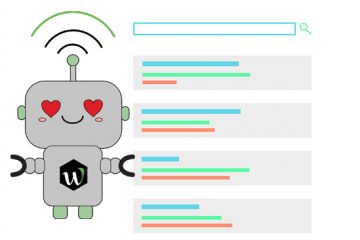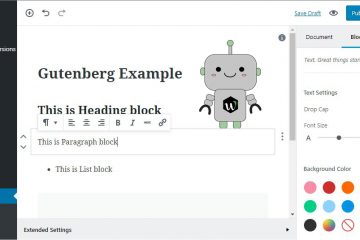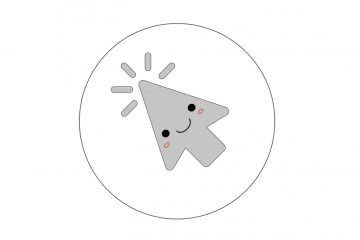[vc_row][vc_column][vc_column_text]This process simply refers to the redirecting of a single dominant version of multiple URLs.
For search engines, canonical directives are the method in which one would inspect URLs so search engines know what the dominant page is about. This, ultimately, prevents problems caused by cloned or “duplicate” content appearing across your site.
For SEO, this is not good. You run into the problem of having duplicate content, which search engines despise! From their perspective, they don’t know which is more relevant so they begin to split your traffic to two or more URLs (depending on how many you have).
Even worse, the traffic that you see from different people going into different URLs will be split. Where you have had 50 visits to your site, you now have 25 split into the different URLs. Search engines use the traffic your site receives as a way to rank your site
Something you may not know is that the default settings for most website servers are set to create this issue.
To make this easier to understand, let’s say you make a page and you have that page under a few different URLs:
www.canonicalexample.com/index.php
www.canonicalexample.com/?source=gg_pl_toto%20toilets_139408915099_1t1&s_kwcid=AL!4215!3!139408915099!e!!g!!__EFKW__&gclid=CjwKCAjw-LLKBRAdEiwADkQzOoGCzJOgGh-APaKmEIiFy8KQM55gjUm6Yxv9ucuzLfFqj-bscPhkMBoCVQoQAvD_BwE
All three of the above links are the exact same. They have different URI and URL makeup but lead to the same page (the home page). Breaking it down a little more:
Index.php is just an outdated way to point to the home page.
Next, anything with a “?” and a large assortment of numbers, letters, and characters is considered a “parameter” which is only used for measurement and is not a unique link.
Not having “www.” In front of the URL does not change it, unless you don’t have your own server for DNS redirects. However, when a crawler sees those links, wherever they exist, it believes the makeup of that URL is different. If that’s the case, then it looks at them as a unique URL. By the time those links get to an indexer (someone that reviews the link), they see them as the same. This could give you a “duplicate content” penalty for essentially wasting their time.
The category is just one simple example of this issue; there are quite a number more ways for this to happen to you and your business.
So how can you fix this issue?
In the word of SEO . . . and The Highlander, there can be only one true URL for a page. This is deemed the “canonical URL.”
You can use Google Webmaster tools, using “Search Appearance » HTML Improvements.” This can help you identify pages with duplicate content/descriptions which is often caused by the issues listed above. From there, you can go through your pages and begin to change the structure until you have completely unique pages for all your content.
You can typically solve this issue by doing one of the following:
- Redirecting duplicate content to the canonical URL (301 Directing)
- Specify a canonical link in your HTTP header
- Add an HTML canonical link within the <head> section of pages that could be considered duplicate.
Contact the team at WebCroppers today is you need help fixing your non-canonical site to feature only original content that search engines can see and give you better ranking.
Best Practices
Consider these tasks to avoid duplicate content:
Self-Referential – It’s fine if your canonical tag is directed towards the current URL. For example, if you have 3 duplicate URLs (A, B, and C), and you make A the canonical one, then its fine if you put the tag pointing to A on URL A.
Proactive Canonicalization for the Home Page – Homepage duplicates are the most common. You lead people back to the home page or someone links to your homepage; in any case, it’s better to put a canonical tag on your homepage.
Checking Dynamic Canonical Tags – Sometimes it might be the code that causes a site to make different canonical tag for different versions of a URL. Be sure to double-check your URLs.
Canonicalization of Near-Duplicates – It’s possible to use the canonical tag on URLs that have similar subject matter but are ultimately different. This is something you need to avoid as well.
Canonicalization of Cross-Domain Duplicates – If you control multiple websites, you can use canonical tag with all your domains. For example, let’s say you’re an online clothing store. You use your other sites to push one page on your main website. You can use the canonical tag to push focus on your main website instead of the rest.
Conclusion
Canonicalization is a great tool to help webCrawlers define what your page is about and tell it apart from the rest. When you make their job easier, they see your page’s focus as the pure definition. In other words, if you make a page about a single keyword, the webcarwlers find it easier to tell what your page is about, making it easier for them to index your page for that keyword.[/vc_column_text][/vc_column][/vc_row]


